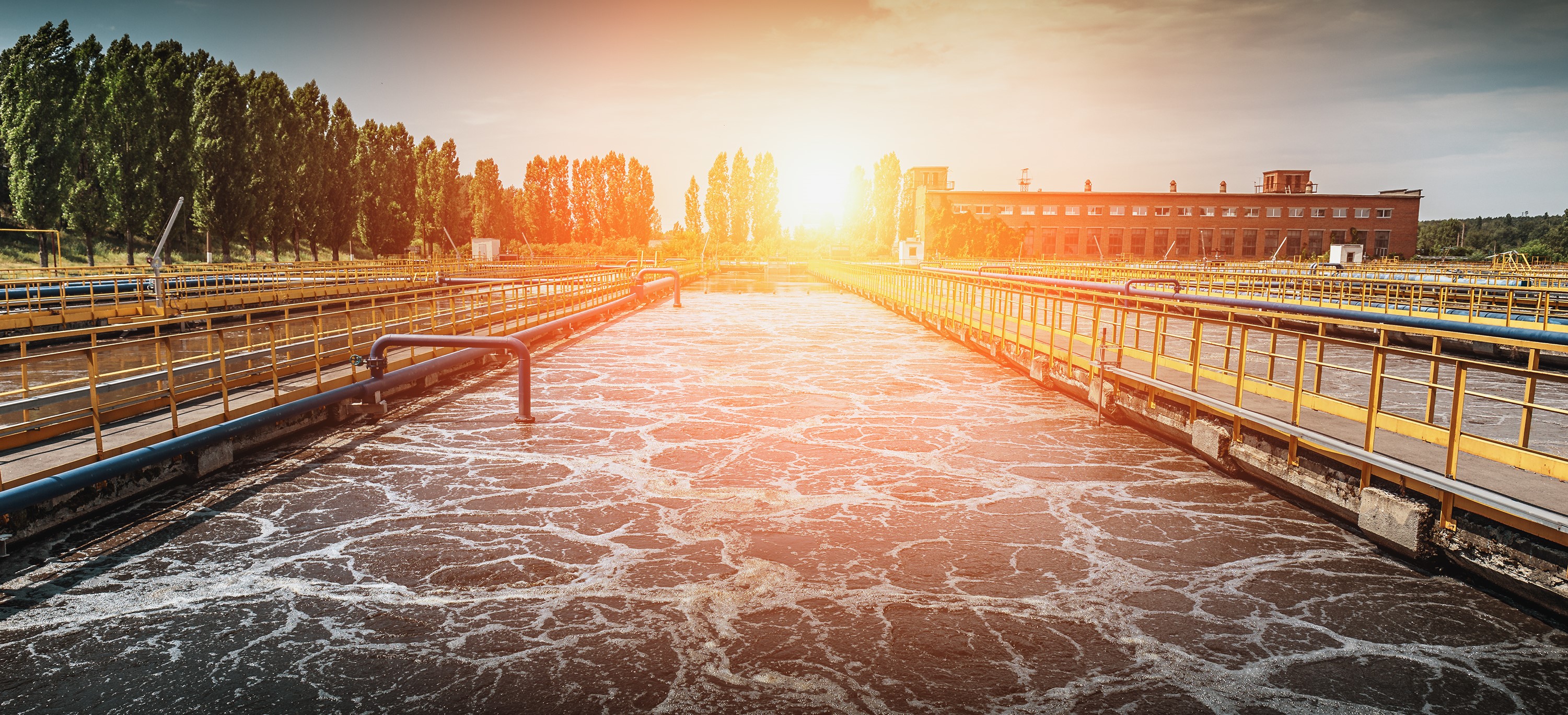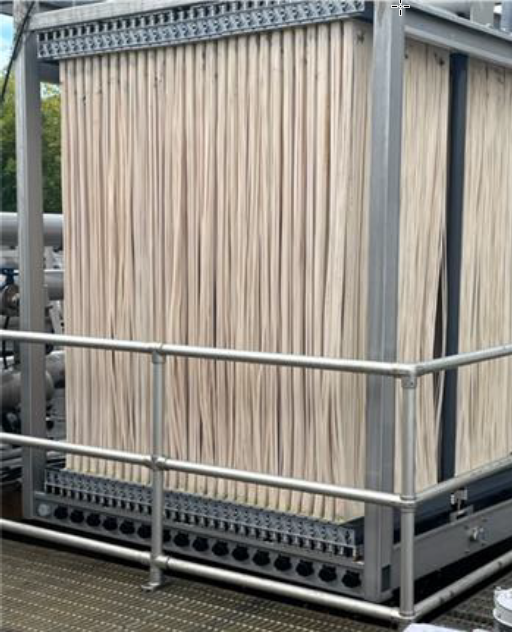

The City of London, Ontario, Canada expects significant residential growth in the area serviced by the Oxford Pollution Control Plant (PCP). In 2005, the City recognized that the existing plant capacity required doubling in the near-term, with a long-term future capacity of about five times the existing capacity.
In addition to the increased capacity, the expanded plant required more stringent effluent objectives, including total phosphorus less than 0.5 mg/L and summer ammonia less than 2.0 mg/L. Tertiary filtration would likely be required in order to meet the phosphorus requirement, based on performance of the plant. And, due to the relatively low alkalinity in the influent wastewater, the nitrification process could be inhibited, making the ammonia requirement more difficult to achieve reliably.
Other factors were important in the expansion plans:
• The location is on the banks of the Thames River with planned future multi-use trails and recreational areas.
• A golf course and several new residential areas are a short distance from the plant site.
• The plant is located upstream of three First Nations communities.
The City evaluated various options for the plant expansion, including several conventional treatment options. The City selected Veolia’s ZeeWeed MBR technology as the basis for the expansion.
A detailed cost comparison between the conventional treatment option and MBR technology was performed and found that the 20-year life-cycle costs of the two options were comparable. Key considerations in the selection of MBR technology included a retrofit that installed within the former secondary clarifier tanks and pumping equipment that could be arranged within the existing pump gallery. This design greatly reduced plant footprint and construction costs that would otherwise be required.
Selection of ZeeWeed MBR also ensured that effluent quality requirements would be met consistently and reliably. A coagulant was added to precipitate dissolved phosphorus compounds, and the ZeeWeed ultrafiltration membranes, with a pore size of 0.04 microns, ensured removal of virtually all suspended solids, resulting in effluent total phosphorus concentrations well below 0.5 mg/L. MBR systems also allowed for precise control of SRT, and this, combined with the inclusion of anoxic zones increased the alkalinity of the process, ensured that effluent ammonia requirements will be met year-round.

Figure 1: ZeeWeed membranes from 2022 inspection
Result
The retrofit of the Oxford PCP from conventional to MBR technology was commissioned in 2008 and represented one of the earliest high capacity MBR designs. The MBR retrofit was the largest in Canada, at the time, and has been operating very effectively since its start-up in 2008.
The excellent longevity and effectiveness of the plant is attributed to good process design, a reliable and robust membrane system and excellent operations staff. Long term and detailed examination of the ongoing cost of operations of the plant have found:
• Lower than expected cleaning chemical use – fouling concerns proved to be less than anticipated in design and therefore the amount of cleaning chemicals was reduced to save money. This included dosing less chemical for maintenance cleans and increasing the CIP interval from six to twelve months.
• Lower than expected loss of permeability – permeability loss has been minimal since start-up. This suggests fouling rates have been controlled through good process design and effective membrane cleaning.
• Lower than expected membrane costs due to better longevity than expected - costs associated with membrane equipment replacement are much lower than expected because the actual longevity has been almost 15 years compared to the originally assumed 7.5 years life. This (almost doubled longevity) reduced membrane replacement costs by 50%.
